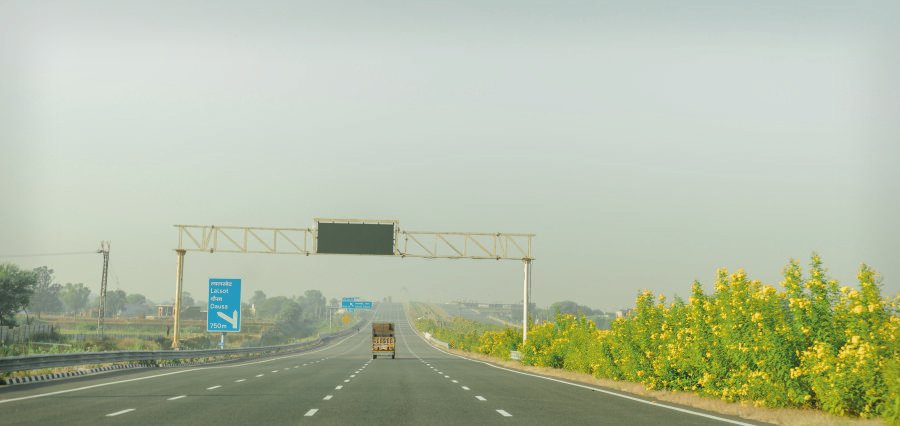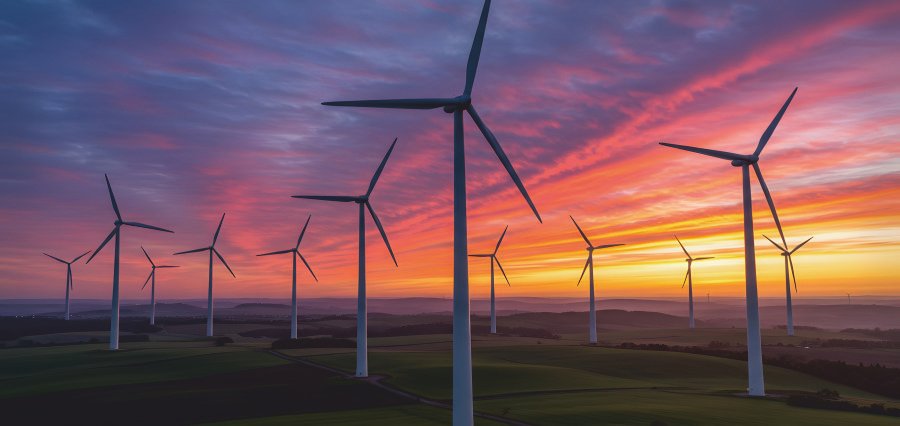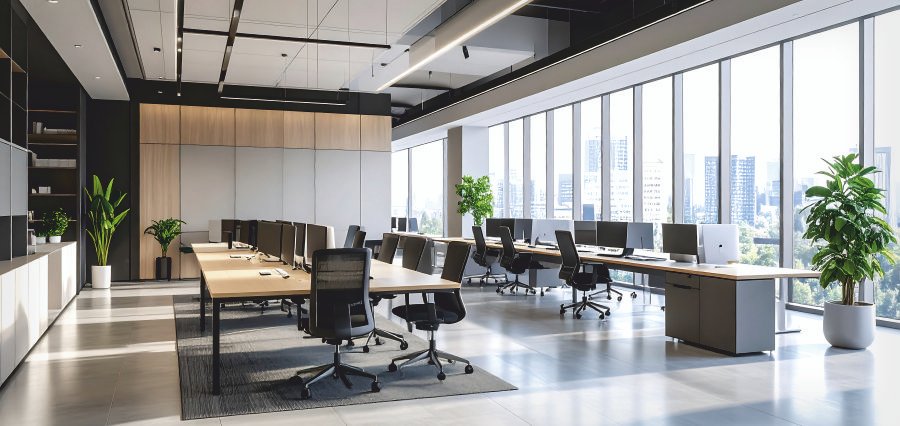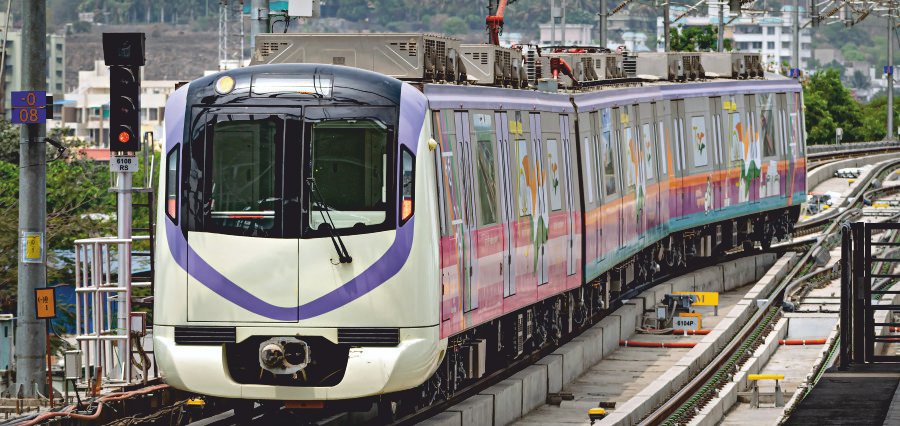Prime Highlights
- The Centre approved a six-lane expressway linking JNPA Port to Chowk to improve connectivity and cut travel time to 10 minutes.
- The project will boost logistics and regional growth across Mumbai, Navi Mumbai, and Pune.
Key Facts
- The 29.2 km expressway includes two tunnels, six bridges, and four flyovers, costing ₹2,900 crore.
- To be built on a BOT model with a total cost of ₹4,500.62 crore and completion in 30 months.
Background
The Central Government has approved the construction of a six-lane, controlled-access greenfield expressway connecting JNPA Port (Pagote) to Chowk, a major junction on the old Mumbai–Pune Highway. Estimated to cost Rs 2,900 crore, the project is part of a larger plan to strengthen highway and port connectivity across Maharashtra.
Once finished, the expressway will let commuters reach the Mumbai–Pune Highway in just 10 minutes, much faster than now. The project aims to enhance connectivity between Mumbai, Navi Mumbai, and Pune while supporting industrial corridors and easing traffic congestion in the region.
The upcoming 29.219-kilometre corridor will serve as a key route for cargo movement from the Jawaharlal Nehru Port Authority (JNPA) and the upcoming Navi Mumbai International Airport. Officials said the expressway is expected to significantly boost logistics efficiency and promote regional economic growth.
According to project details, the expressway will include two major tunnels measuring 1,900 metres and 1,570 metres, six major bridges ranging from 160 metres to 910 metres, five minor bridges, four flyovers, and two road bridges. Around 175 hectares of land will be acquired for the construction.
The project will be developed on a Build-Operate-Transfer (BOT) basis, with a total development cost of Rs 4,500.62 crore. The construction is expected to take 30 months to complete, as approved in a meeting chaired by Prime Minister Narendra Modi.
Officials said the expressway will not only decongest the existing Mumbai–Pune Expressway but will also improve the movement of goods and passengers, benefiting Raigad, Panvel, and Navi Mumbai. With several industrial and residential projects coming up in the area, the new corridor is expected to play a transformative role in the region’s growth and connectivity.








